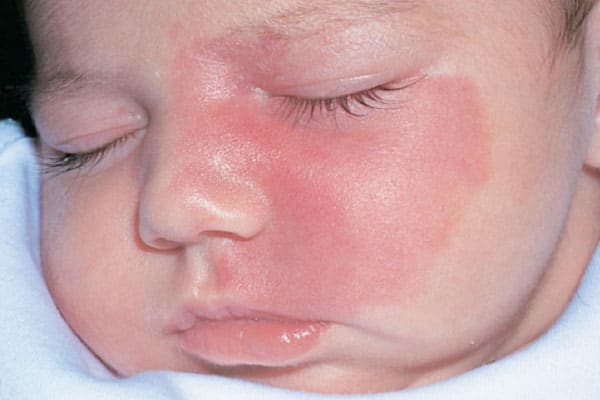Port wine stains are a type of vascular birthmark caused by abnormal blood vessels under the skin. These marks often appear pink, red, or purple and can vary in size and location. While they are harmless, many individuals seek treatment for cosmetic or emotional reasons. Port Wine Stains Treatment in Dubai has advanced significantly, with laser therapy being the most effective solution.
Understanding Port Wine Stains
Port wine stains are congenital capillary malformations that develop due to dilated blood vessels near the skin's surface. Unlike other birthmarks, they do not fade over time and may darken or thicken with age. Early intervention can improve outcomes, making laser treatment a preferred choice for many.
Causes and Characteristics
-
Congenital Condition: Present at birth due to improper blood vessel formation.
-
Color Variations: Ranges from light pink to deep purple.
-
Common Locations: Often found on the face, neck, or limbs.

How Laser Treatment Works for Port Wine Stains
Laser therapy targets the blood vessels responsible for the discoloration without damaging surrounding skin. The light energy is absorbed by hemoglobin, heating and shrinking the abnormal vessels, leading to a gradual fading of the stain.
Types of Lasers Used
Different lasers are employed based on the stain's depth, color, and the patient's skin type. The most commonly used systems include:
Pulsed Dye Laser (PDL)
-
Primary Choice: Effective for superficial port wine stains.
-
Mechanism: Uses yellow light to target hemoglobin.
-
Benefits: Minimal discomfort and quick recovery.
Nd:YAG Laser
-
Deeper Penetration: Suitable for thicker or resistant stains.
-
Wavelength: Works on a broader range of blood vessels.
-
Precision: Reduces risk of skin damage.
Alexandrite Laser
-
Alternative Option: Used for specific skin types.
-
Efficiency: Effective for darker port wine stains.
The Treatment Process
Laser therapy for port wine stains is a non-invasive outpatient procedure. The process involves:
Initial Consultation
-
Assessment: A specialist evaluates the stain's size, color, and location.
-
Customized Plan: Determines the best laser type and settings.
During the Procedure
-
Protective Measures: Eye shields are used to prevent laser exposure.
-
Session Duration: Typically lasts 15–30 minutes, depending on the area.
-
Sensations: Patients may feel a slight snapping sensation.
Post-Treatment Care
-
Immediate Effects: Mild redness or swelling is common.
-
Healing Time: Most recover within a week.
-
Multiple Sessions: Several treatments may be needed for optimal results.
Expected Results and Follow-Up
Improvement is gradual, with noticeable fading after each session. Consistency is key, as full results may take months. Maintenance treatments might be required for long-lasting effects.
Factors Affecting Outcomes
-
Age: Early treatment yields better results.
-
Stain Characteristics: Thicker or darker stains may need more sessions.
-
Skin Type: Certain lasers work better for specific complexions.
Advantages of Laser Treatment
-
Non-Surgical: No incisions or scarring.
-
Precision: Targets only affected areas.
-
Minimal Downtime: Quick recovery compared to other methods.
Frequently Asked Questions
1. Is laser treatment painful for port wine stains?
Most patients experience mild discomfort, often described as a rubber band snap. Cooling methods are used to minimize pain.
2. How many sessions are typically needed?
The number varies, but most people require 4–8 sessions spaced weeks apart.
3. Can port wine stains return after treatment?
While lasers significantly fade the stain, occasional touch-ups may be needed to maintain results.
4. Are there any side effects of laser therapy?
Temporary redness or swelling is common, but serious complications are rare when performed by a qualified specialist.
Conclusion
Laser therapy remains the gold standard for Port Wine Stains Treatment, offering safe and effective results. With advanced technology and customized approaches, individuals can achieve significant improvements in their skin's appearance. Consulting a specialist ensures the best treatment plan tailored to individual needs.





